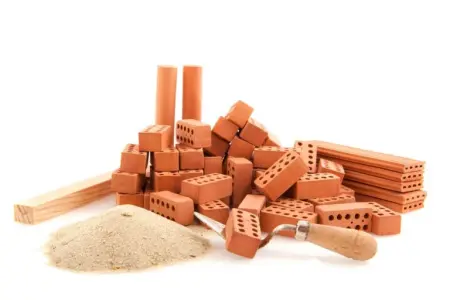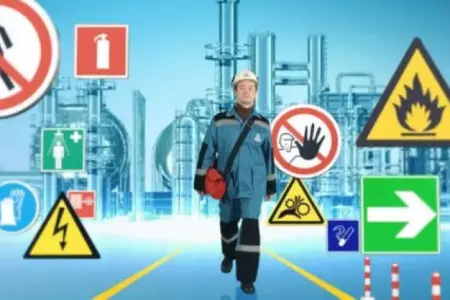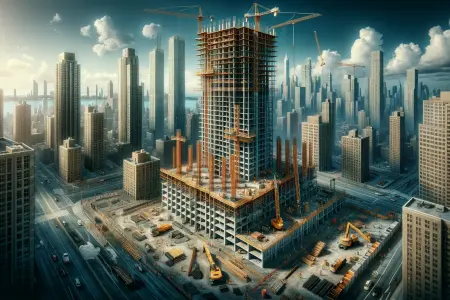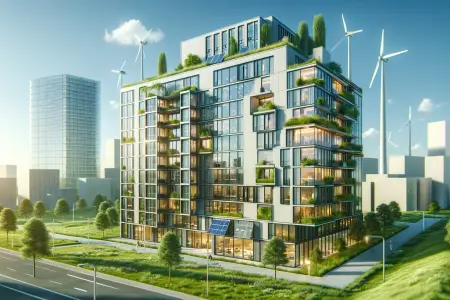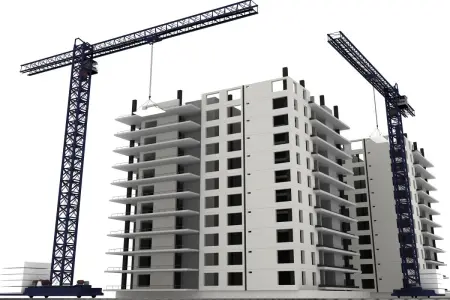European construction standards and international norms create a unified system of requirements for the quality and safety of construction projects. Eurocodes EN design and ISO standards ensure harmonization of technical solutions in the construction industry. DIN EN standards and European technical regulations form the foundation for international cooperation and trade in construction materials.
Construction regulatory documents include more than 3,600 ISO international standards for the construction industry. International building codes are applied in dozens of countries, ensuring compatibility of design solutions and materials.
The European Committee for Standardization (CEN) unites 34 national standardization bodies and coordinates the development of over 20,000 European standards, including construction norms and technical regulations.
Eurocode EN system and European technical regulations
CEN standards are developed by the European Committee for Standardization, founded in 1961. The system includes 10 main Eurocodes (EN 1990–1999), covering all aspects of structural design. These design codes establish unified requirements for calculating and designing load-bearing elements of buildings.
The main Eurocodes regulate the following areas of structural design:
- EN 1990 – basic principles of structural design and design loads
- EN 1992 – design of reinforced concrete structures
- EN 1993 – design of steel structures
- EN 1995 – design of timber structures
- EN 1997 – geotechnical design
- EN 1998 – design of earthquake-resistant structures
Each Eurocode contains national annexes adapting the general European requirements to local climatic and seismic conditions.
The International Organization for Standardization (ISO) coordinates the work of 164 national standardization bodies worldwide. Harmonized construction standards ensure technical compatibility of materials and structures between different countries. European safety standards serve as benchmarks for many national building codes.
BIM standards ISO 19650 establish requirements for managing construction information using building information modeling technologies, becoming mandatory for major projects in the EU starting in 2025.
Quality control and certification of construction materials
Quality standards define technical requirements for the physical and mechanical properties of construction products. BIM standards ISO 19650 regulate digital modeling and project information management processes. Building energy performance in Europe is regulated by the EPBD directive, which sets requirements for energy consumption of new and renovated buildings.
Construction quality control is carried out through a multi-level inspection system:
- Incoming inspection of materials and products
- Operational control of compliance with construction processes
- Final inspection of completed structures and components
This system ensures that all stages of construction comply with regulatory documents and international codes.
Certification of construction materials is conducted by accredited laboratories according to unified European methodologies. Technical characteristics of structures must be confirmed by calculations and tests using established safety factors. Standardized testing methods ensure reproducibility and comparability of results between different laboratories.

